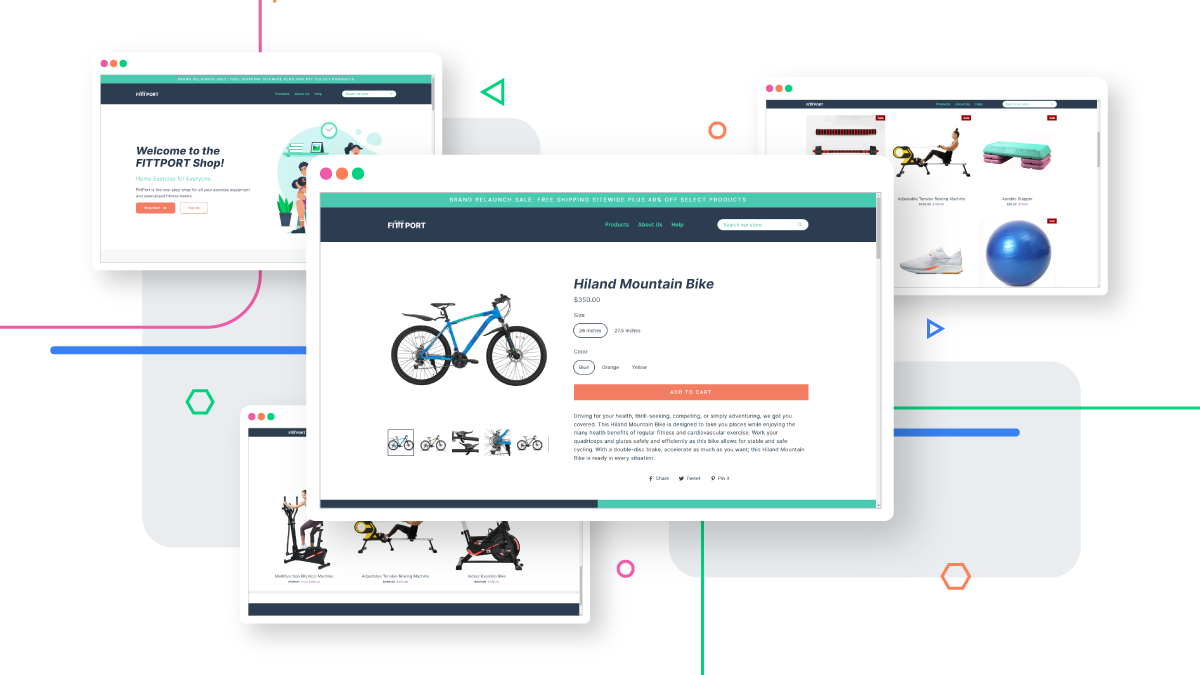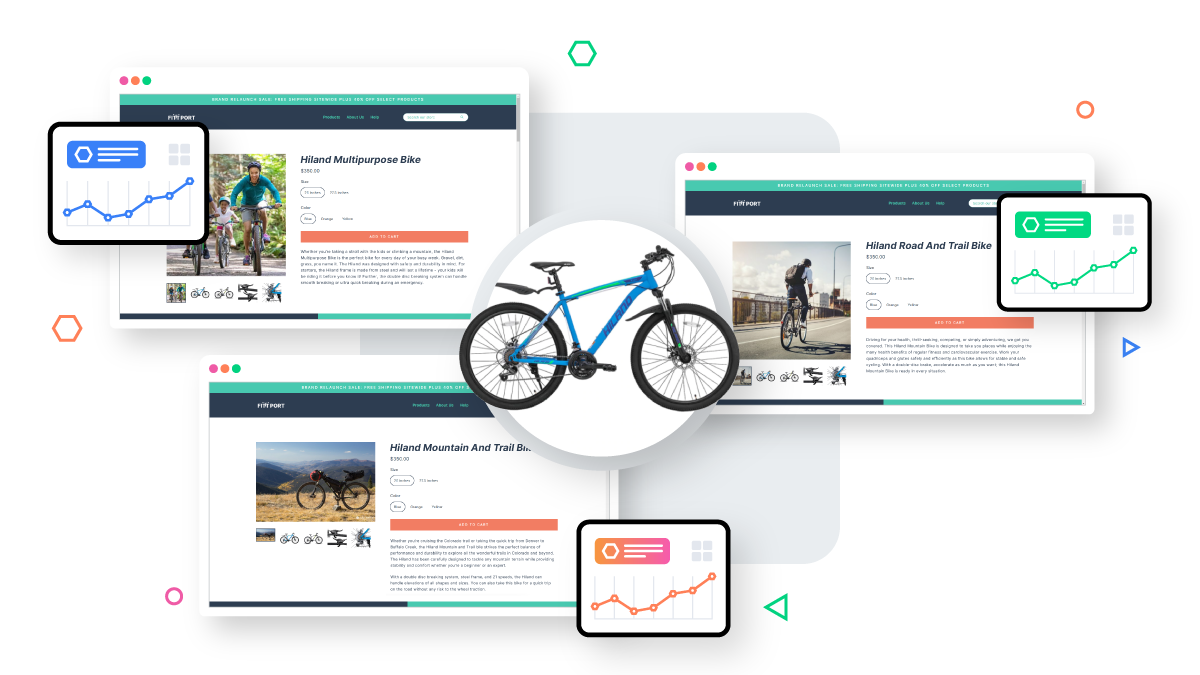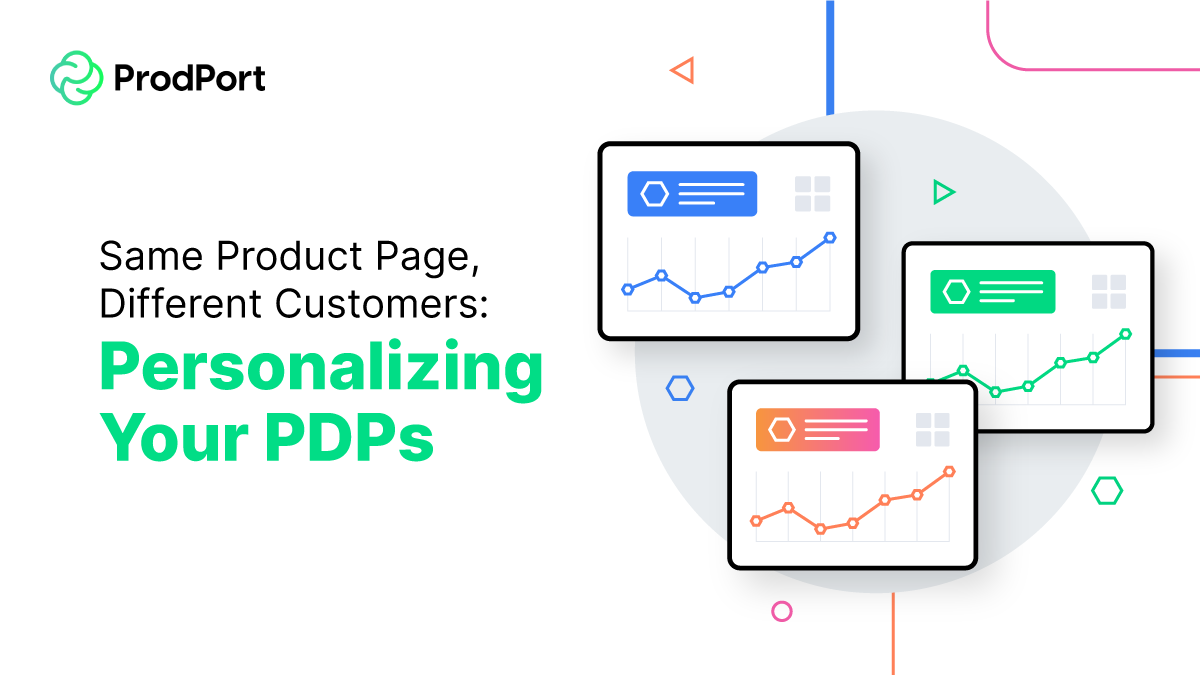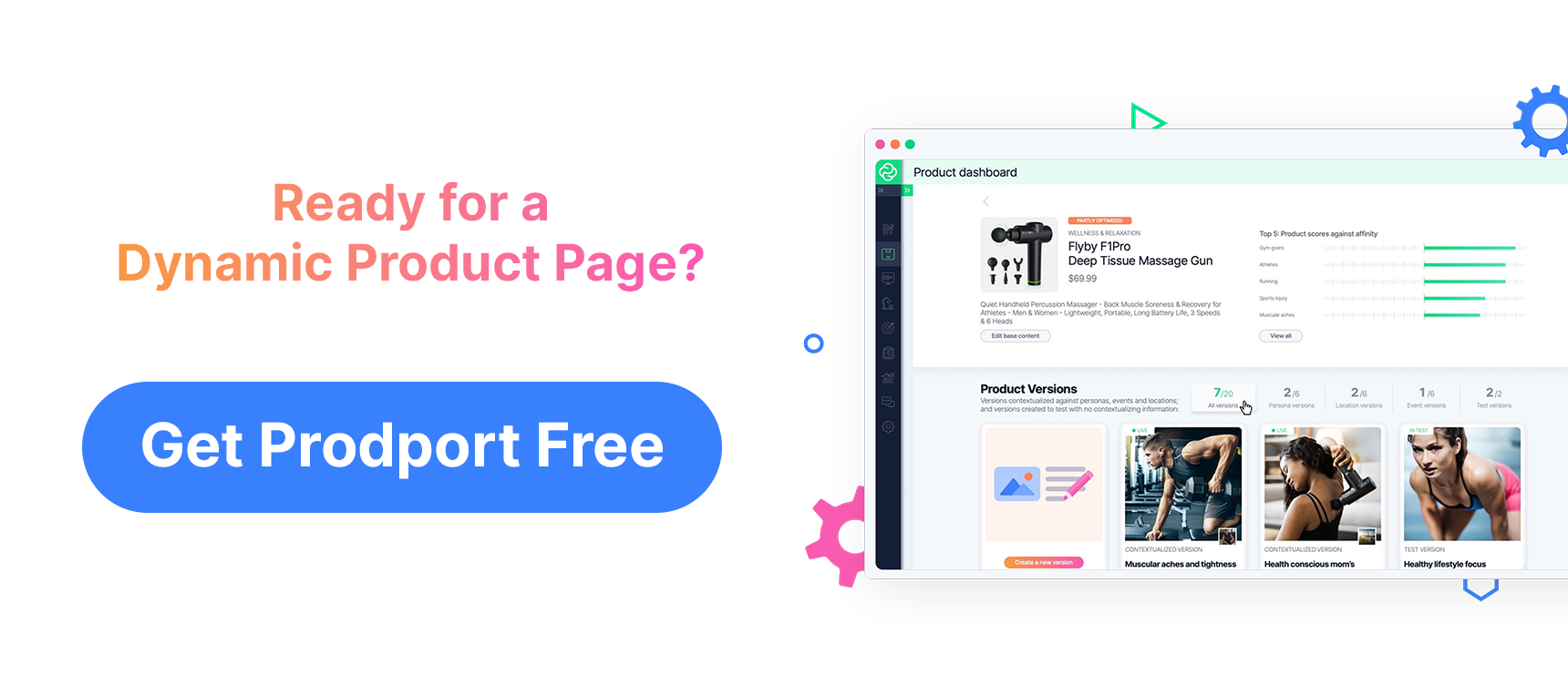Who doesn’t love online shopping? Especially nowadays, being able to shop in the comfort of your own home is not only a matter of convenience but of necessity. It’s no wonder the digital commerce industry grew exponentially trying to keep up with modern shoppers’ demands. But in the rush to adapt, something got lost in the transition—the human touch.
Now, what exactly does this mean? After all, online shopping was never intended to perfectly mimic the real-life retail experience because it had limited at-scale growth potential. But since humans were the weakest link in terms of inefficiency, they were naturally the first to be removed from the equation. But as any remotely successful entrepreneur in the retail space will tell you, the key to great sales is to have a fantastic salesman. And without someone to interact with directly, something is missing from the online shopping experience.

The eCommerce industry’s response to this is to recreate a virtual salesman in the form of automated discounts, email flows, and advertising retargeting. However, the best salespeople need none of those. Instead, they put in the effort to understand the customers’ pain points, and then explain how the product solves their problems. This is the human touch, the art of salesmanship. The product only exists for the purpose of meeting the customer’s needs. And try as hard as they might, there’s just no way for online shops to effectively recreate this essential concept.

For all intents and purposes, the product page is the heart of your online shop; the others function more as support structures. The product page is where all major buying decisions are made, where the customer explores product features and makes comparisons or evaluations. Does this solve my problems? Does this fulfill my dreams? Will I be satisfied once I buy this? The be-all and end-all of the product page is to help customers understand what they’re buying. And sure, it does that, but not nearly as effective as it should.
So, who takes responsibility for that? Surely, it’s the merchandise manager—the one who decides which images to display, which product specifications are included, the price a product is sold at, and whether the descriptions are apt? In reality, however, marketing is the one in direct communication with the customer at this point. See the discrepancy?
Marketing tells hundreds of stories across dozens of channels to individual customers. They come up with their own colorful visions for the product to convince your customers to click that “add to cart” button, but the product doesn’t quite live up to expectations. Why? Because at the end of the day, marketing’s vision for the product doesn’t translate well and is effectively extinguished by the one-size-fits-all nature of the typical product page.
No one is really at fault here. It’s a widely recognized flaw of modern eCommerce, but there are hardly any solutions in existence that can tackle the issue head-on. What the eCommerce industry needs is a marketing-supported product workflow.

That’s where Prodport comes in. Prodport approaches product detail pages in the way a marketing-oriented team does. For instance, Prodport takes into account what type of user is currently viewing the page, and personalizes the content based on what would most appeal to them or the segment they belong in. The key is making sure that the content stays relevant to each individual customer using data that pertains to their specific location, what similar brands they follow on social media, whether they celebrate certain holidays, or whether they’ve shown interest in your brand through ads.

